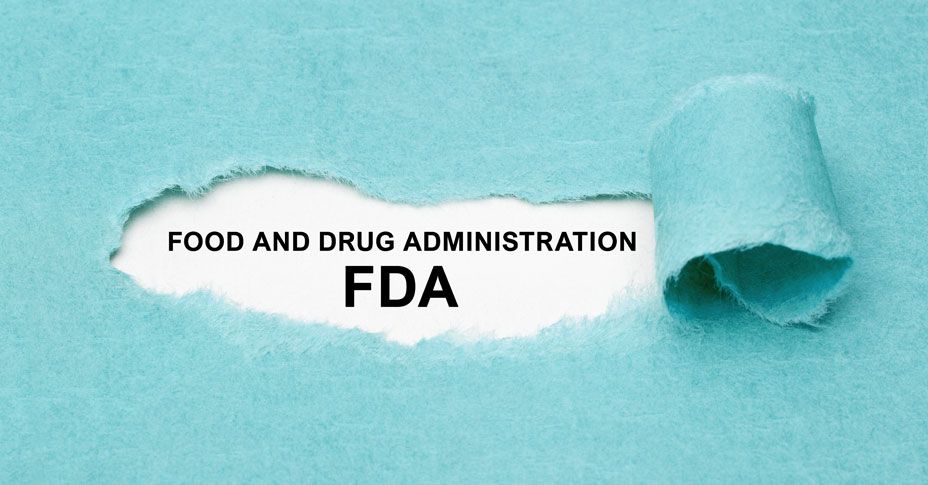Investigating Out-of- Specification (OOS) Test Results for Pharmaceutical Production Guidance for Industry
医薬品製造における規格外(OOS)試験結果の調査に関する業界向けガイダンス【第2回】

【第2回】医薬品製造における規格外(OOS)試験結果の調査に関する業界向けガイダンスの和訳。
Investigating Out-of-Specification (OOS) Test Results for Pharmaceutical Production
Guidance for Industry1
医薬品製造における規格外(OOS)試験結果の調査に関する業界向けガイダンス1
このガイダンスは、このトピックに関する米国食品医薬品局(FDA)の現在の考えを表したもので、いかなる人に対しても権利を設定するものではなく、FDAや一般市民を拘束するものでもありません。適用される法令や規制の要件を満たしていれば、代替アプローチを使用することができます。代替アプローチを検討する場合は、タイトルページに記載されている本ガイダンスの担当FDAオフィスまでご連絡ください。
I. INTRODUCTION はじめに
This guidance for industry provides the Agency’s current thinking on how to evaluate out-of- specification (OOS) test results. For purposes of this document, the term OOS results includes all test results that fall outside the specifications or acceptance criteria established in drug applications, drug master files (DMFs), official compendia, or by the manufacturer. The term also applies to all in-process laboratory tests that are outside of established specifications.2
この業界向けガイダンスは、規格外(OOS)試験結果の評価方法に関する当局の現在の考え方を示すものである。本文書において、OOS 結果という用語には、医薬品申請書、医薬品マスターファイル(DMF)、公定書、 または製造業者によって定められた仕様または受入基準を外れたすべての試験結果が含まれる。この用語は、工程内試験の結果が定められた仕様を外れた場合にも適用される2。
This guidance applies to chemistry-based laboratory testing of drugs regulated by CDER. It is directed toward traditional drug testing and release methods. These laboratory tests are performed on active pharmaceutical ingredients, excipients and other components, in-process materials, and finished drug products3 to the extent that current good manufacturing practice (CGMP) regulations (21 CFR parts 210 and 211) and the Federal Food, Drug, and Cosmetic Act (the Act) (section 501(a)(2)(B)) apply. The principles in this guidance also apply to in-house testing of drug product components that are purchased by a firm. This guidance can also be used by contract firms performing production and/or laboratory testing responsibilities. Specifically, the guidance discusses how to investigate OOS test results, including the responsibilities of laboratory personnel, the laboratory phase of the investigation, additional testing that may be necessary, when to expand the investigation outside the laboratory, and the final evaluation of all test results.
このガイダンスは、CDERが規制する医薬品の試験室化学試験に適用される。従来の医薬品試験及び出荷判定の方法を対象としている。これらの試験室試験は、現行の適正製造基準(CGMP)規則(21 CFRパート210及び211)及び連邦食品医薬品化粧品法(セクション501(a)(2)(B))が適用される範囲で、医薬品有効成分、賦形剤及びその他の成分、中間製品及び完成医薬品3に対して実施されるものである。本ガイダンスの考え方は、企業が購入する医薬品成分の社内試験にも適用される。また、本ガイダンスは、製造や試験室試験を担当する委託会社が利用することもできる。具体的には、本ガイダンスでは、試験室要員の責任、試験室での調査段階、必要となり得る追加試験、調査対象を試験室外に拡大する時期、全ての試験結果の最終評価など、OOS試験結果の調査方法について論じている。
The Agency, in accordance with its August 2002 “Pharmaceutical CGMPs for the 21st Century” initiative, encourages modern approaches to manufacturing, monitoring, and control to enhance
process predictability and efficiency. Process Analytical Technology (PAT) takes a different approach to quality assurance by using process controls and in-process data as the release specification instead of relying on single laboratory determinations to make batch acceptability decisions. This guidance is not intended to address PAT approaches, as routine in-process use of these methods might include other considerations. For information on timely in-process testing, see the CGMP guidance entitled PAT — A Framework for Innovative Pharmaceutical Development, Manufacturing, and Quality Assurance (September 2004).
FDAは、2002年8月の「21世紀の医薬品CGMP」イニシアティブに基づき、工程の予測可能性と効率を高めるため、製造、モニタリング、管理に対して最新のアプローチをとることを推奨している。工程分析技術(PAT)は、品質保証について異なったアプローチをとるもので、単一の試験室での判定に依存してバッチの合否判定を行うのではなく、工程管理と工程内データを出荷判定の規格として用いている。これらの方法を日常的に工程内で使用するには他の事項を考慮する必要があり得るので、本ガイダンスでは、PATのアプローチを取り上げることを意図しない。適時の工程内試験に関する情報については、「PAT—革新的な医薬品開発、製造及び品質保証のための枠組み」(2004年9月)と題されたCGMPガイダンスを参照されたい。
The contents of this document do not have the force and effect of law and are not meant to bind the public in any way, unless specifically incorporated into a contract. This document is intended only to provide clarity to the public regarding existing requirements under the law. FDA guidance documents, including this guidance, should be viewed only as recommendations, unless specific regulatory or statutory requirements are cited. The use of the word should in Agency guidance means that something is suggested or recommended, but not required.
本文書の内容は、特に契約に組み込まれない限り、法律と同等の効力を持たず、いかなる形でも一般市民を拘束するものではない。本文書は、法律に基づく既存の要求事項を一般市民に対して明確にすることのみを意図している。本ガイダンスを含むFDAガイダンス文書は、特定の規制または法的要件が引用されていない限り、推奨事項としてのみ捉えられるべきである。FDAガイダンスにおいてshouldを用いる場合は、何かが提案または推奨されているが、要求されてはいないことを意味する。
1 This guidance has been prepared by the Office of Pharmaceutical Quality in the Center for Drug Evaluation and Research (CDER). You may submit comments on this guidance at any time. Submit comments to Docket No. FDA-1998-D-0019 (available at https://www.regulations.gov/docket/FDA-1998-D-0019).
本ガイダンスは、医薬品評価研究センター(CDER)の医薬品品質室が作成したもので、コメントは常時受け付けている。コメントはドケット番号FDA-1998-D-0019(https://www.regulations.gov/docket/FDA-1998-D-0019)あてにお送りください。
2 In certain instances, in-process testing is done solely to determine the need for real-time equipment or system adjustments to prevent process drift. This guidance does not address these situations.
工程内試験は、工程ドリフト防止のために設備やシステムをその場で調整する必要があるかどうかを判断するためだけに行われることがあるが、本ガイダンスはそのような状況には対応していない。
3 Chemistry-based laboratory testing of biotechnology products that are under the jurisdiction of CDER is within the scope of this guidance. While this guidance is not intended to address biological assays (e.g., in vivo, immunoassays) it does briefly discuss Design and Analysis of Biological Assays (USP<111>).
CDERが所管するバイオ医薬品の試験室化学試験は、本ガイダンスの適用範囲である。本ガイダンスは、生体の免疫測定などのバイオアッセイを取り上げることを意図してはいないが、バイオアッセイの設計および分析(USP<111>)について簡単に触れている。
2ページ中 1ページ目















コメント
/
/
/
この記事へのコメントはありません。
コメント